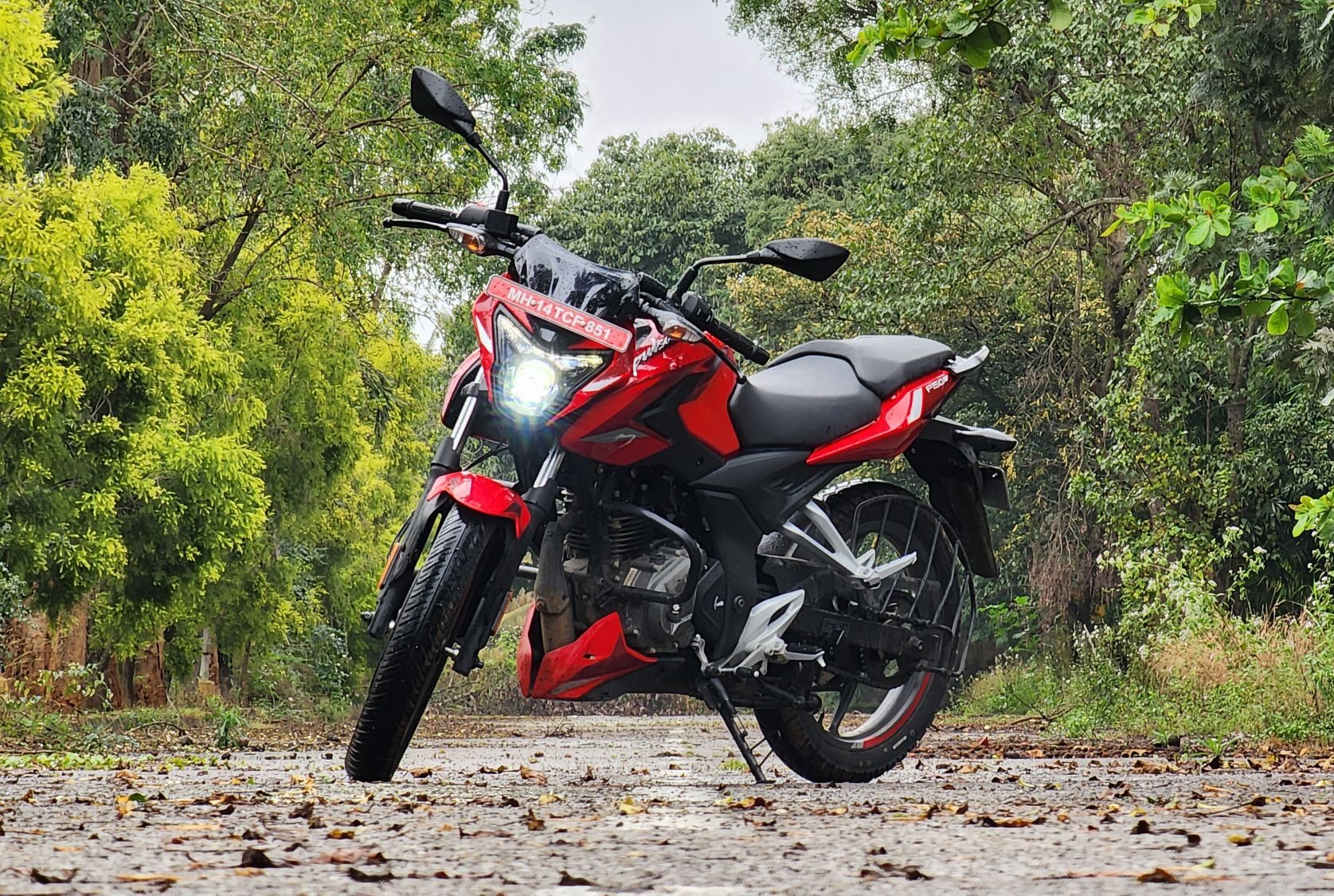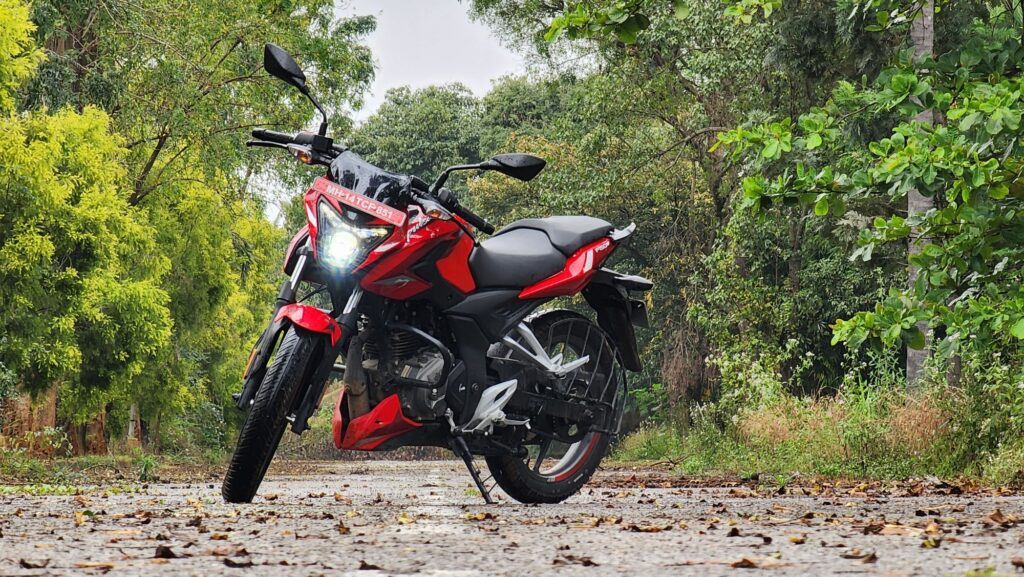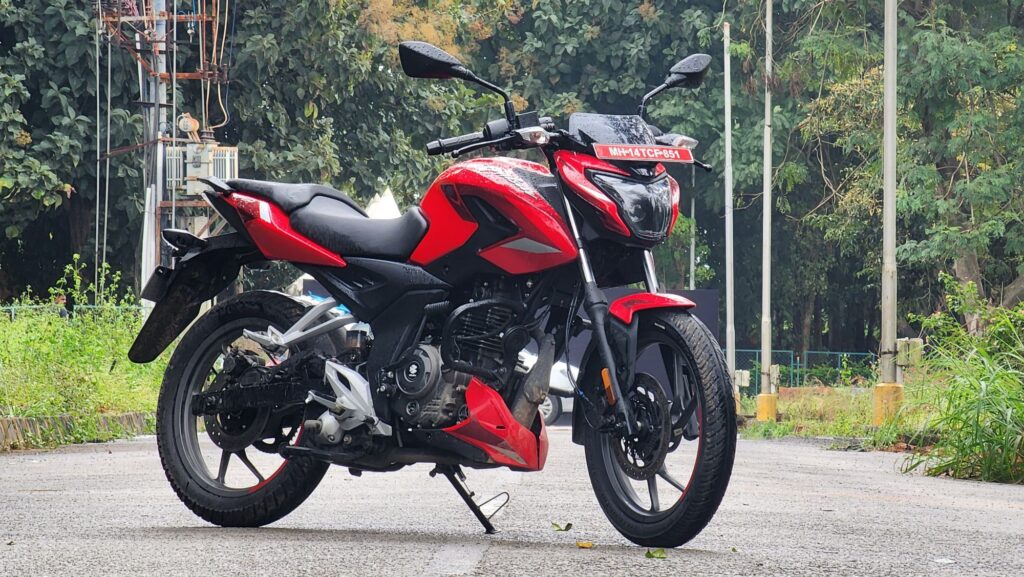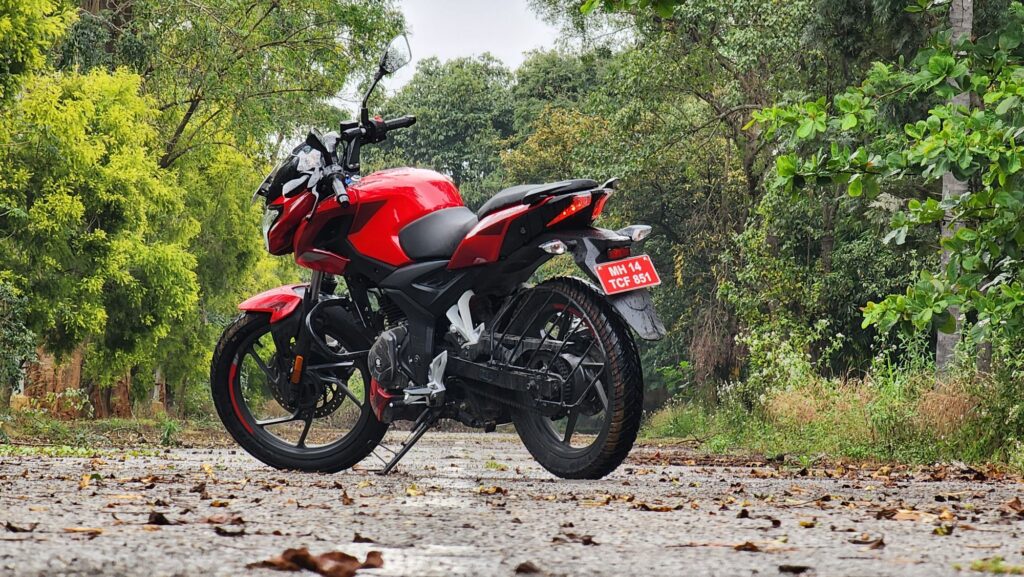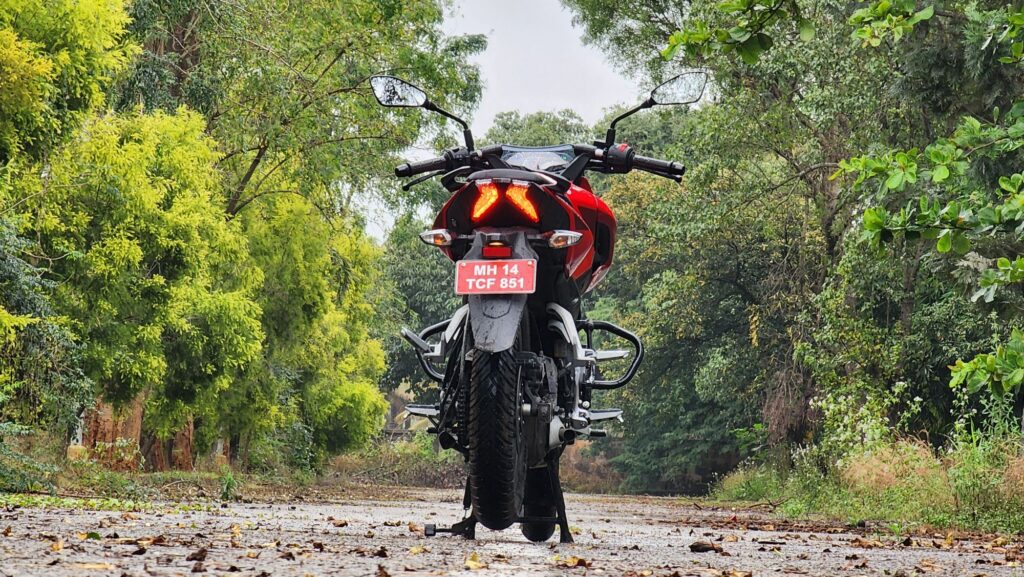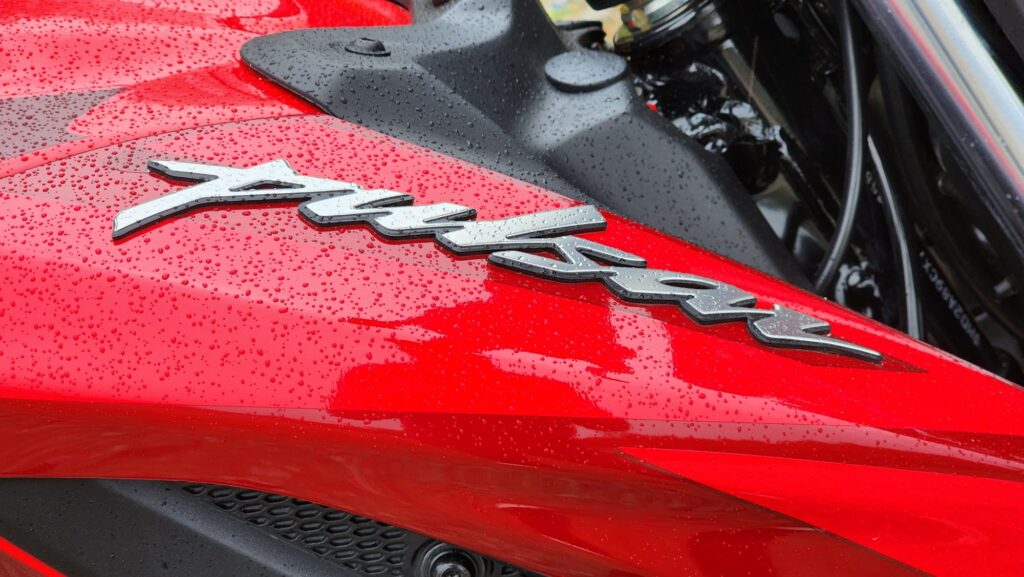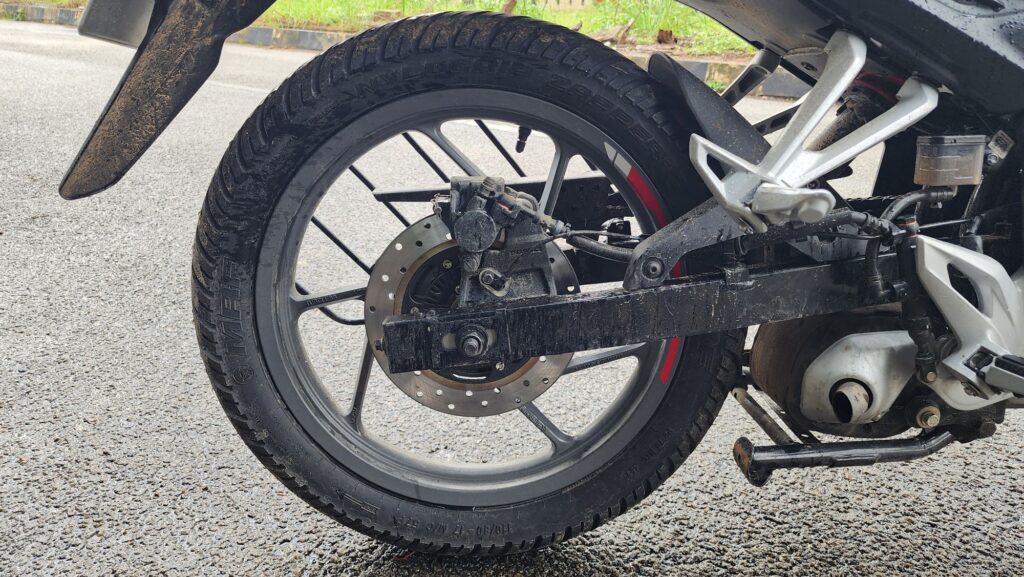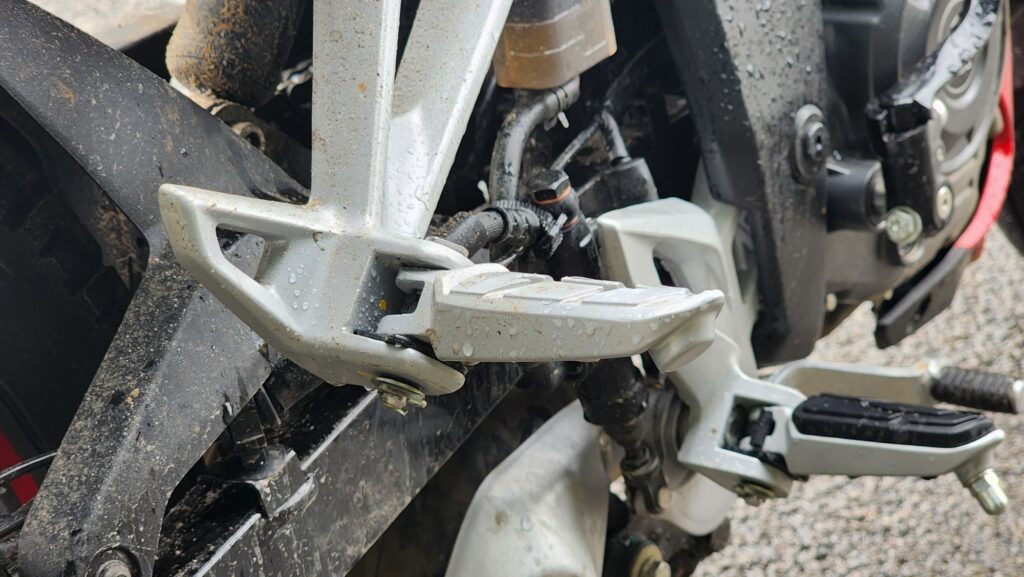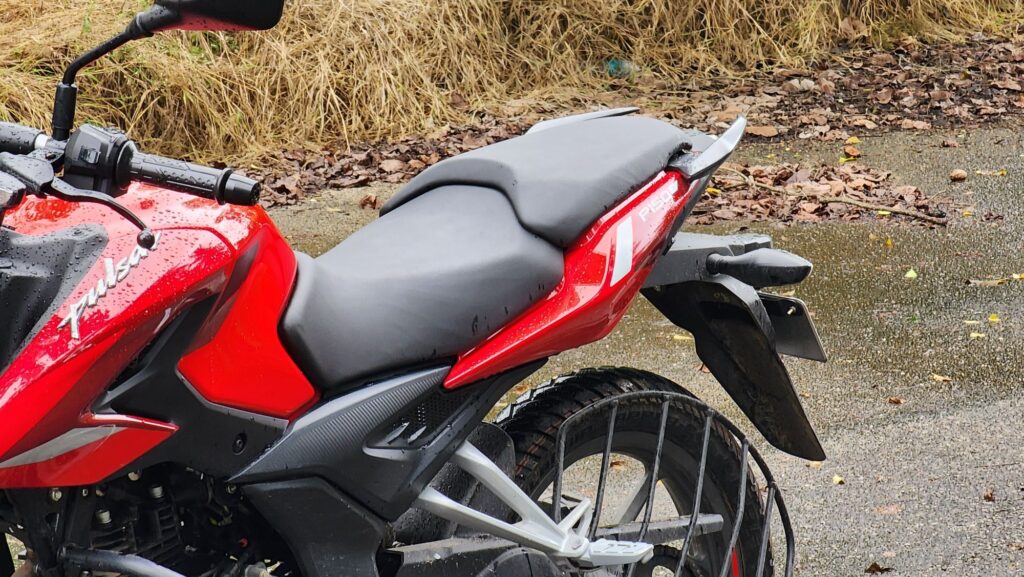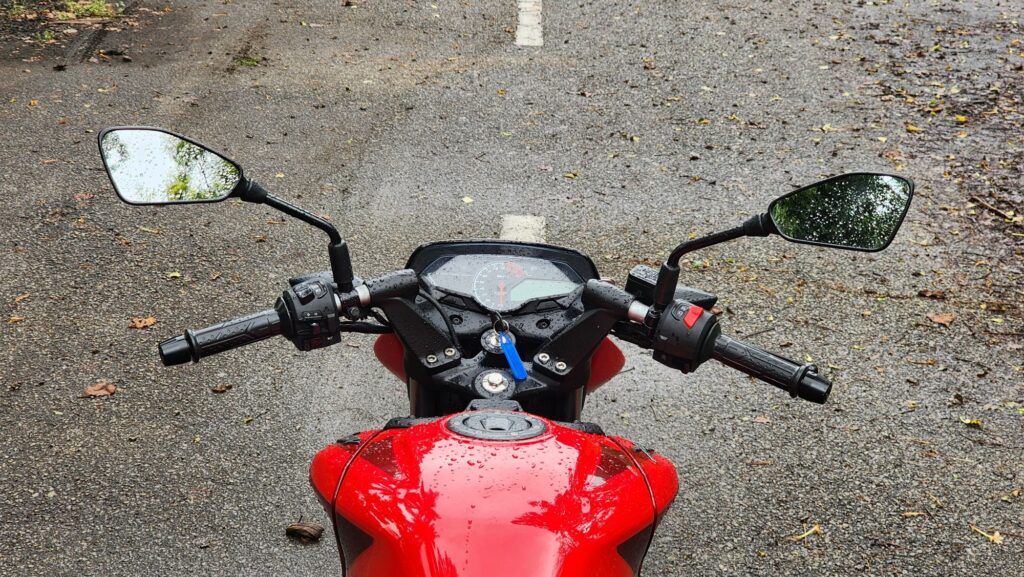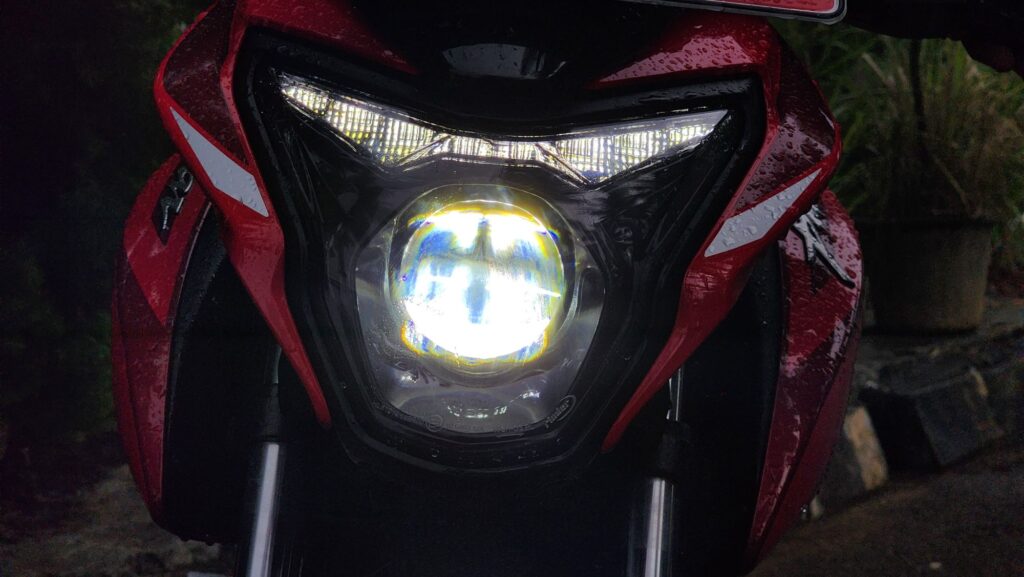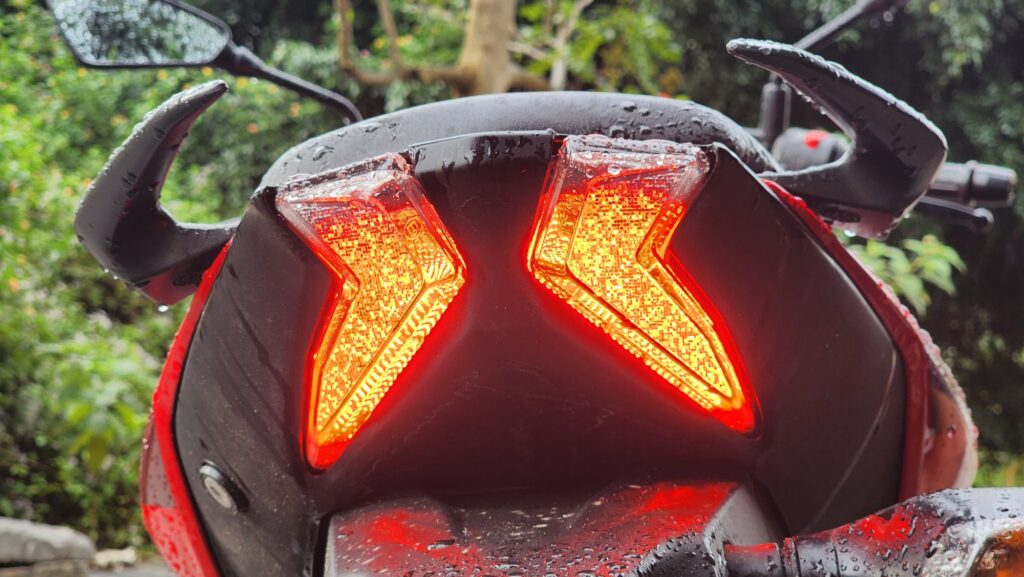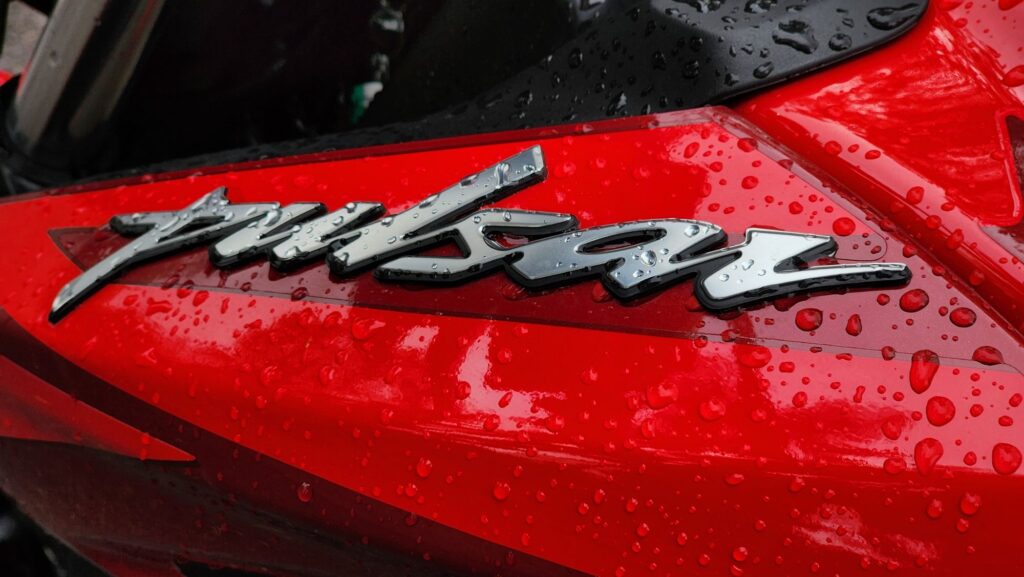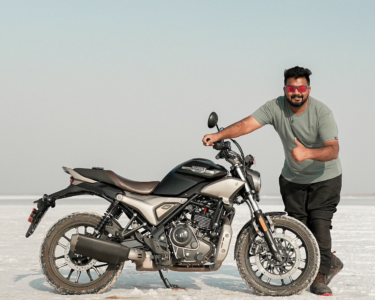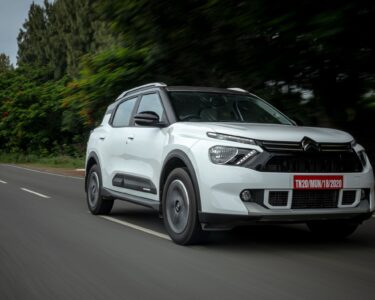Bajaj, back in 2002, cracked the 150cc motorcycle segment like no other manufacturer could do. It brought to the market a Pulsar that sent the pulses of many males(because it was Definitely Male!) pumping. That tagline would have been a controversy if it happened in 2022. Anyways! Since then, Bajaj has always tried to keep the Pulsar brand fresh with multiple models and updates.
However, for a good chunk of the last decade, we only saw new stickers being thrown at the Pulsar. There were no major updates to talk about and Bajaj had also stopped doing their legendary Pulsar Mania TVCs. I can’t seem to get over the fact that how can a brand like Bajaj, which added two spark plugs to their engines in 2003 and the third one in 2012, can be narrowed down to do just the sticker job.
But hey! When you are Bajaj and when customers are still flooding your dealerships to buy the same Pulsars even in 2020, it’s pretty normal to think “If it ain’t broken, why fix it?”. Bajaj, however, took that courageous step to replace the existing line-up of Pulsars and we finally got the new N/F250 and the N160. They kept the best for the last and finally we have the Pulsar P150 which will eventually take on the mantle of the legendary Pulsar 150 DTS-i. We rode this motorcycle in Bangalore and here is a complete review of the all-new Bajaj Pulsar P150.
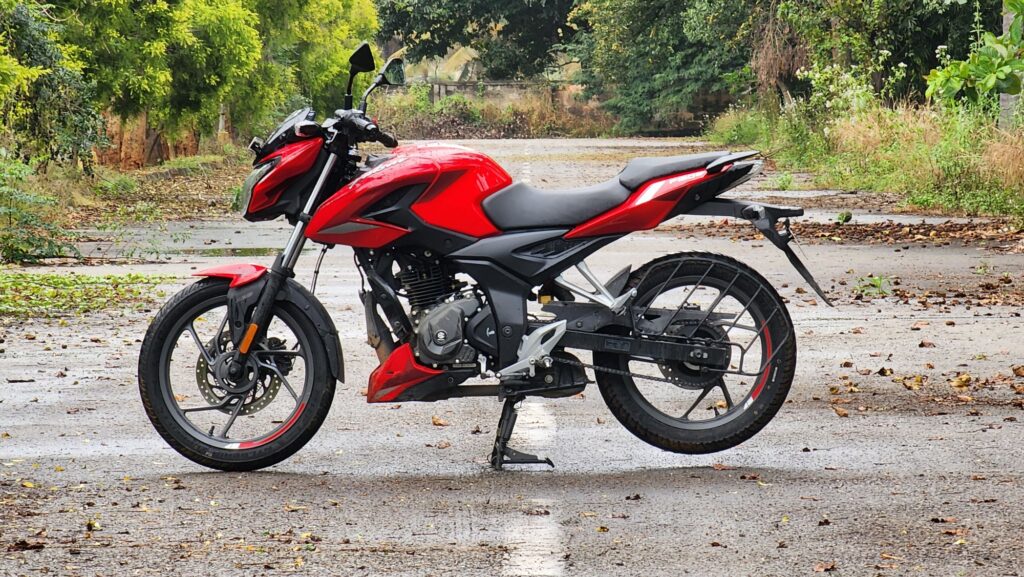
LOOKS
Let’s look at the Pulsar P150 as a successor to the one it’s replacing and you will immediately feel this to be more modern, curvy, and slick. Since Bajaj stopped giving proper design updates to the older Pulsar on the way to 2022, one may find it difficult to draw design comparisons with the OG Pulsar. The generation gap is a bit too evident here. However, there is no mistaking the 3D Pulsar logo on the fuel tank, a digi-analogue meter console, backlit switchgear, and the split tail light design. These bits scream “Pulsar”.
When you bring N160 into the picture, it becomes more evident that the idea here is to build a family. Bajaj wants the P150 owners to feel like they are buying into a family of Pulsars. You will notice that a lot of panels are very similar to what we get on the 250s and 160. However, some of the key differences that we observed are the changes to the headlight, skinnier tyres, thinner forks, the absence of a rear tyre hugger, and the more obvious change in colour schemes.
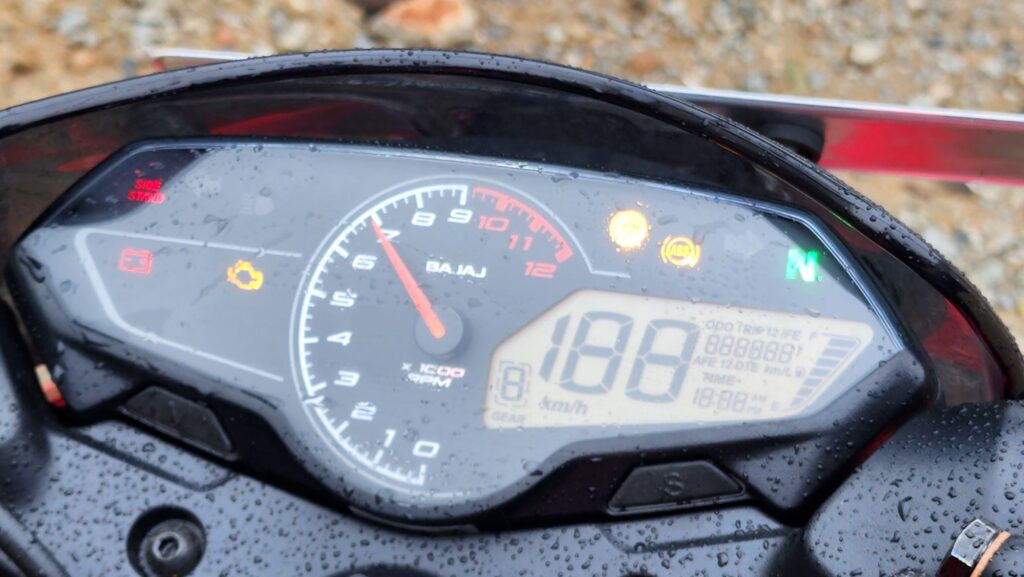
Though the headlight looks like one single unit, it still sports a separate projector inside the outer layer of glass, which is commendable for a 150cc bike. There is a different design for the DRLs as well. The bikini fairing is larger and this is topped up by a small, smoked visor. The presence of a visor does take away the infiniteness of the bezel-less meter console.
The brighter colours and skinnier tyres lend the bike a top-heavy look. But it easily falls into your eyes as a Pulsar and this we would say, is exactly what Bajaj was aiming for.
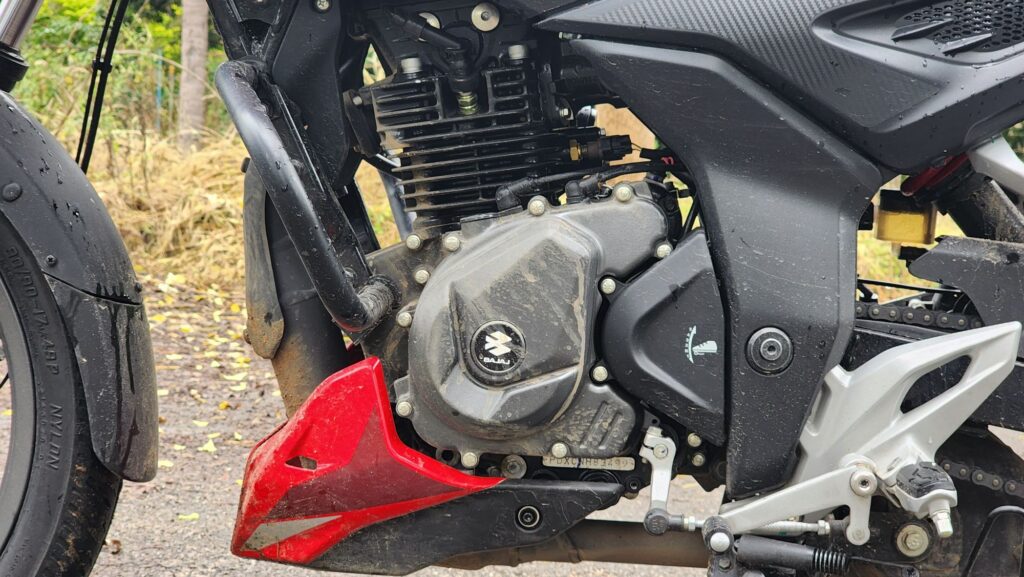
ENGINE and SPECS
The 150cc engine is brand new if you are, again, comparing it with the OG one. This engine is an adaptation of the silky-smooth 160cc mill that we found on the N160. It makes 14.5 PS power @ 8500 rpm and 13.5 Nm of torque @ 6500 rpm. This is how it compares to the other Pulsars in question:

To improve the NVH levels the angle of the cylinder has been made steeper at 10°. The more vertical the cylinder is, the better will be the NVH levels. The previous gen Pulsar had an angle of 20°. As you can see, the P150 is almost 10 kilos lighter than the 160. Thanks to the absence of an exhaust end can, lighter engine, lighter chassis, lighter rims, and a smaller capacity fuel tank. The seat height is 790mm and the bike is narrower too which should make it accessible for shorter riders. The suspension has some decent travel of 130mm at both front and back.
FEATURES
I would have given this space a pass if it was not for the USB charger and the DTE(Distance to empty) figures on the meter console. If you can call the side-stand-down indicator a feature, that’s there too! Bajaj has not given any connectivity features which can be found even on some scooters these days.
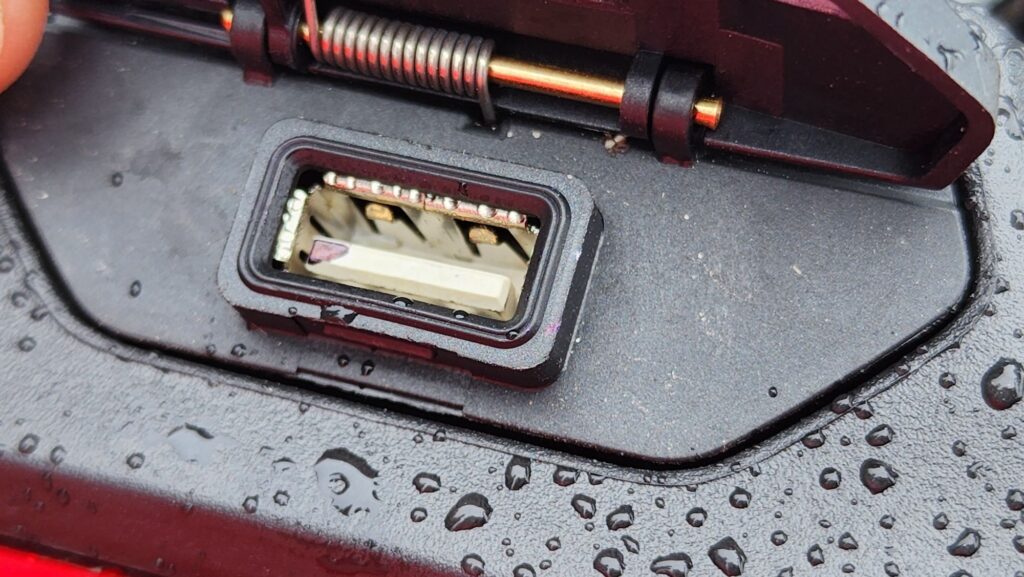
RIDE
Right off the bat, the new 150cc engine felt surprisingly smooth. Ringed the throttle a bit and we instantaneously loved the throaty exhaust note. Riders would also hear the juicy intake noise which has been a trait of the Pulsars all these years. The first couple of gears felt short and are there just so that you can start the ride. There were even occasions when I started off from the second gear without noticing and the motorcycle picked up pace without any complaints.
Once you get going, you will notice that the torque curve is very linear, especially after 3000 rpm. You feel a slight amount of push between 4500 – 7000 rpm, but the engine is capable of revving all the way to 9000. Beyond 7500 rpm, it isn’t as smooth an experience. Slight vibes can be felt at the handlebar and footpegs when you are exploring the limits of the engine. But this is not going to be a deal breaker as you don’t expect a commuter to play around with this engine as we did.
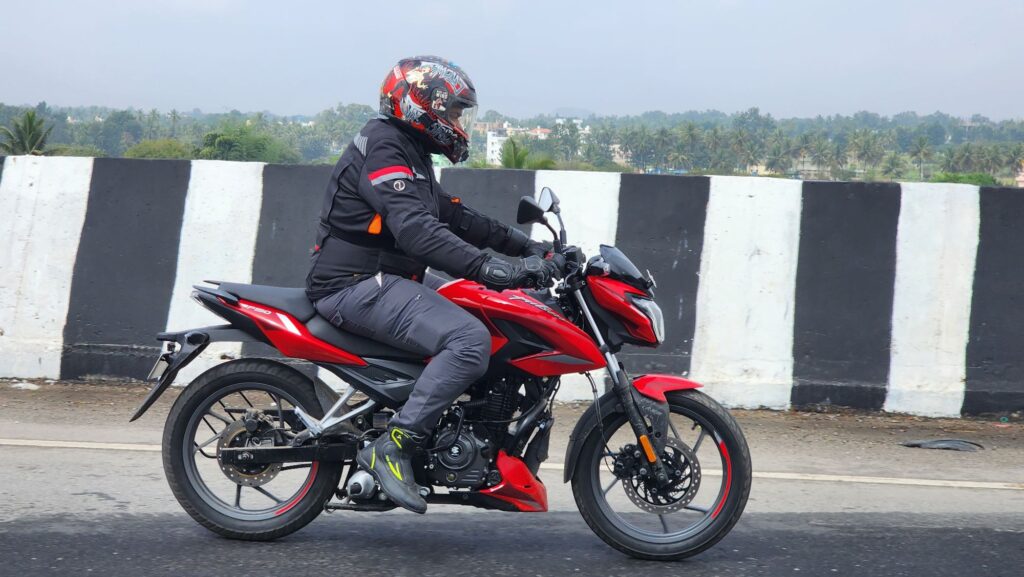
On the busy streets of Bangalore, the P150 surprised me with its effortlessness. It can pull clean from as low as 30 kmph on 5th gear and a few blinks later, you are doing 80 kmph without breaking a sweat. I never had to shift down lower than 3rd gear unless I came to standstill. For my height, i.e 5’10, it was pretty easy to flat-foot as well. The suspension also felt sophisticated in the way it handles potholes. This came as a surprise because I was not expecting the suspension to be this impressive. The bike turns in with very less effort and is also precise with its steering to an extent. Add the skinnier tyres to the mix and you are already filtering the traffic efficiently.
However, if you are someone who is going to be getting on and off this bike frequently, you better get adjusted to the weird placement of the side stand. I had to make some weird shapes to bring the side stand down and this was a common complaint that I heard from many other testers.
We did ride it on the wide-open highways for some good 70 km. I could even rephrase that as sitting in the 5th gear and playing around with the throttle for 70 km. Yes, that’s how torquey the engine is. The fifth gear is a bit tall and struggles to keep the top-speed game up. The P150 can hit 104 kmph on 4th gear and the moment you shift to 5th, you will notice that it struggles to go at 104 kmph and also past the 7000 rpm mark. But the low-end torque more than compensates for this to make the ride comfortable for you.
Oh! We went up some twisties too. All hail the Nandi Hills! This is the only instance where the P150 was out of its comfort zone. The soft suspension makes the front end unstable and the tyres are not grippy enough to give you any sort of feedback. It’s all guesswork on whether or not you should attack a corner. Soon I decided to back off as this bike is not meant to do all this stuff. And once the speeds came down, the P150 was back in form.
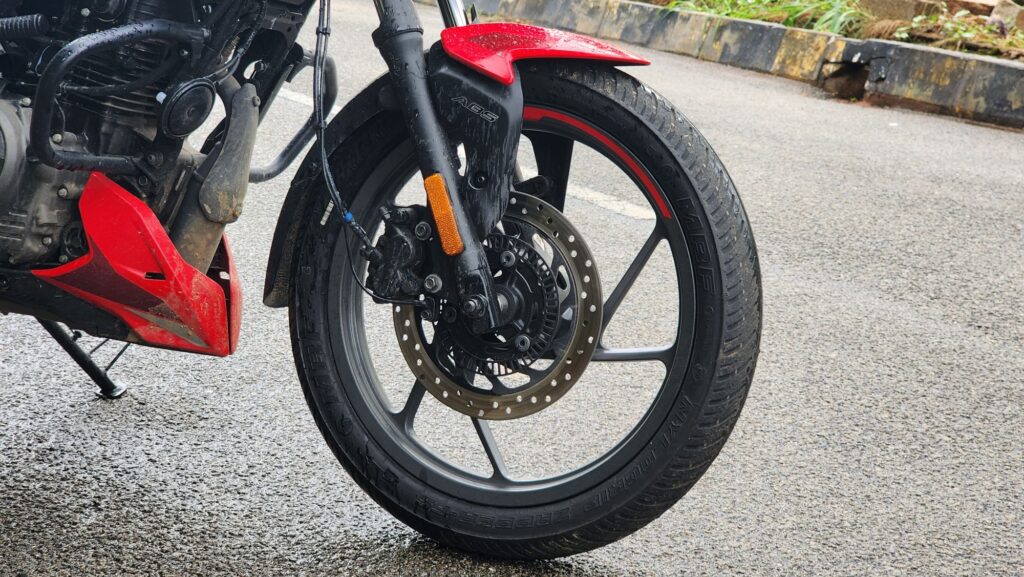
The brakes felt good enough for a bike capable of doing a max speed of around 105 kmph. The bite from the front disc brakes could be sharper, but the progressive nature of it does inspire confidence. I was not able to get into any situations to test the ABS until it rained. This indicates that the ABS calibration is spot-on. As we know, this bike comes with a single-channel ABS but with a disc brake at the rear. To be able to lock the rear, a considerable amount of pressure requires to be applied on the rear brake lever. So there is no risk as such. However, riders have to be cautious under hard or panic braking. There is another variant that comes with a drum brake at the rear. This was not made available to us and hence our readers will have to wait longer for our comments on it.
The riding position has a pinch of sportiness to it with the feet having to go backwards. The bike we rode came with a clip-on handlebar that is slightly lower set and has an aggressive angle to it. But we learnt that the single-disc brake variant comes with a more relaxed riding posture, owing to the forward-set footpegs and a single-piece handlebar that is easy to reach.
Bajaj has nailed the cushioning of the seats on this bike. They seem softer towards the business end but it stiffens toward the core. Once again, the example we rode had a split-seat setup which is very similar to the N160. But the basic model gets a single seat which we couldn’t experience.
VERDICT
N160 is supposed to be taking care of the sportier end of the commuter market and Bajaj specifically wanted the P150 to be a good commuter bike. Not a sporty one! I will say Bajaj was successful at this and we have one great commuter bike in the P150. This is as effortless as the commuter bikes go and we do not have any complaints. The claimed mileage is 49 kmpl, but we managed something more than 45. That’s impressive too considering the fuel prices. This is definitely a make-or-break model for Bajaj and I feel they have got a winner at their hands.

